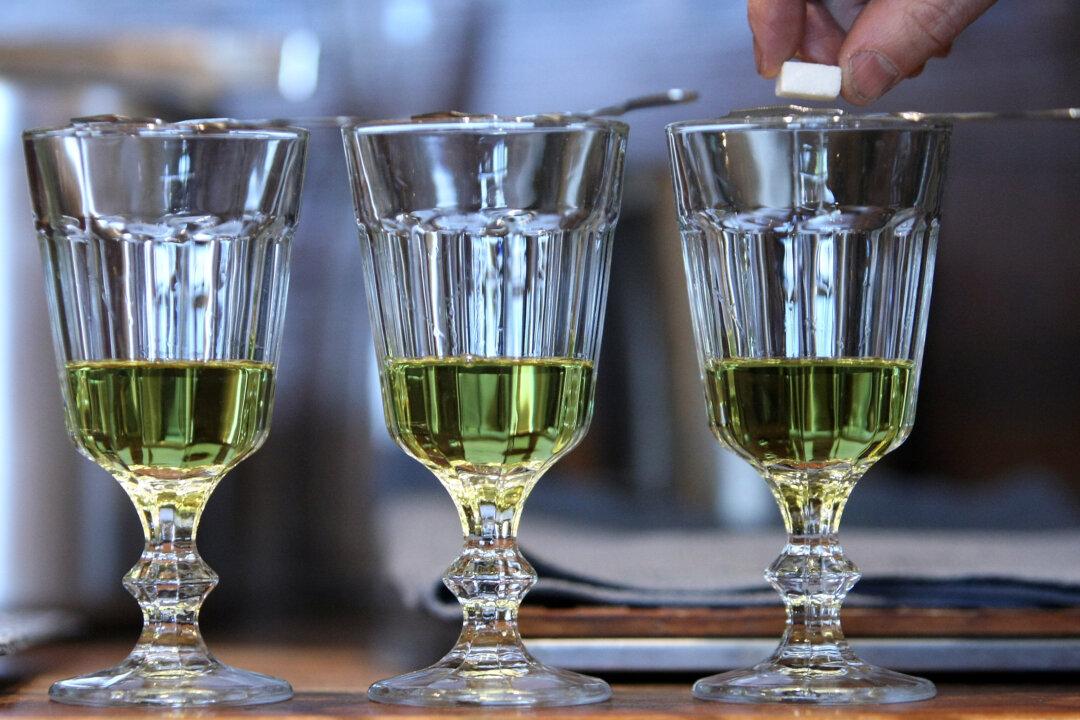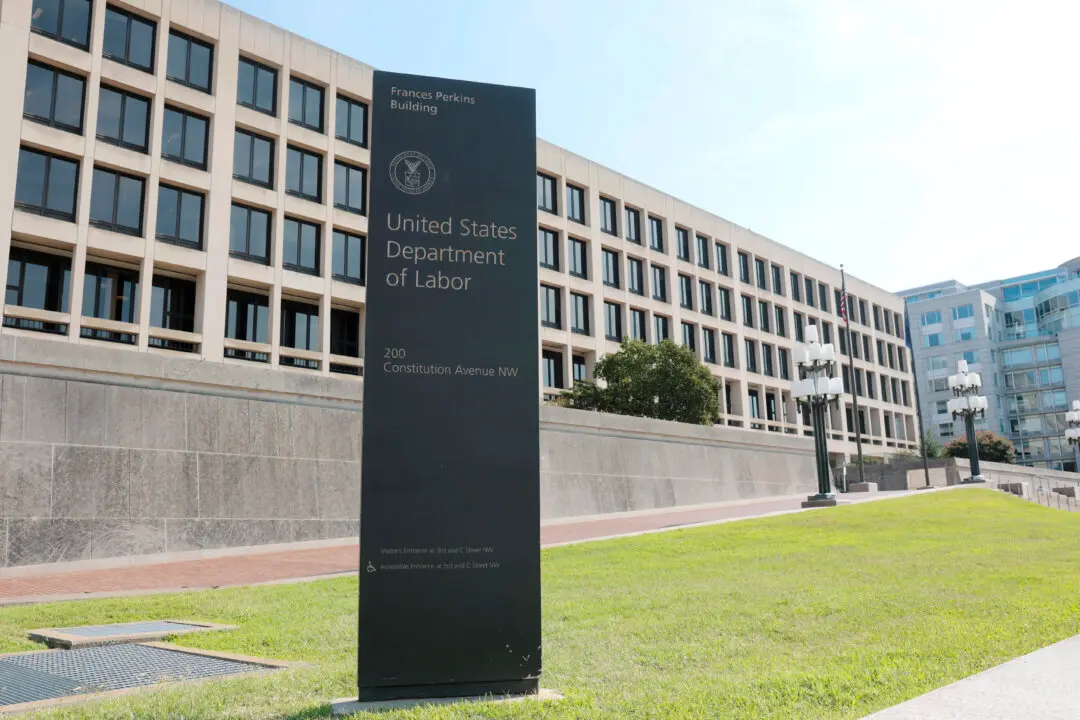Commentary
I’m very proud to say that I finally have a conflict of interest! I’m happy to declare this one because I cannot ever recall having one. This column is about absinthe and I’m praising a brand. For whatever reason, and I’m still stunned by it, a famous maker of Absinthe—Absente (established 1890s)—has sent me two full bottles of this storied liquor—I did not pay a dime—and urged me to write a review.





